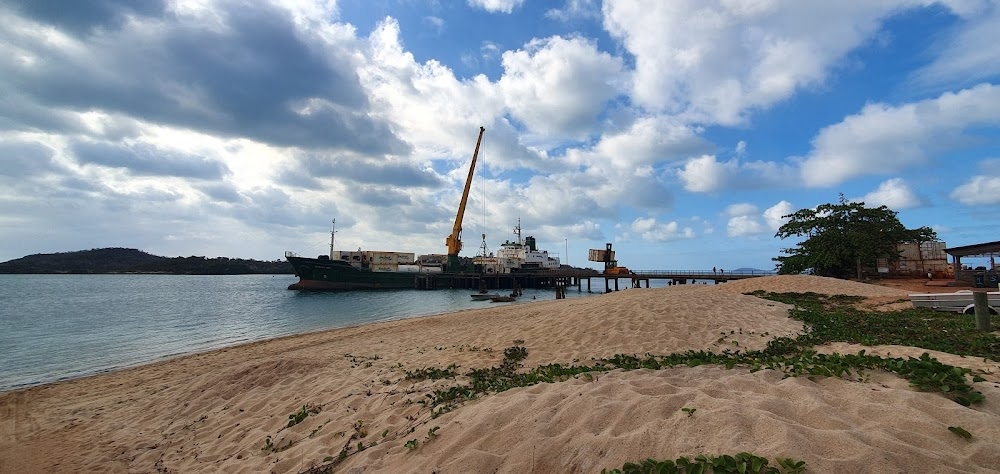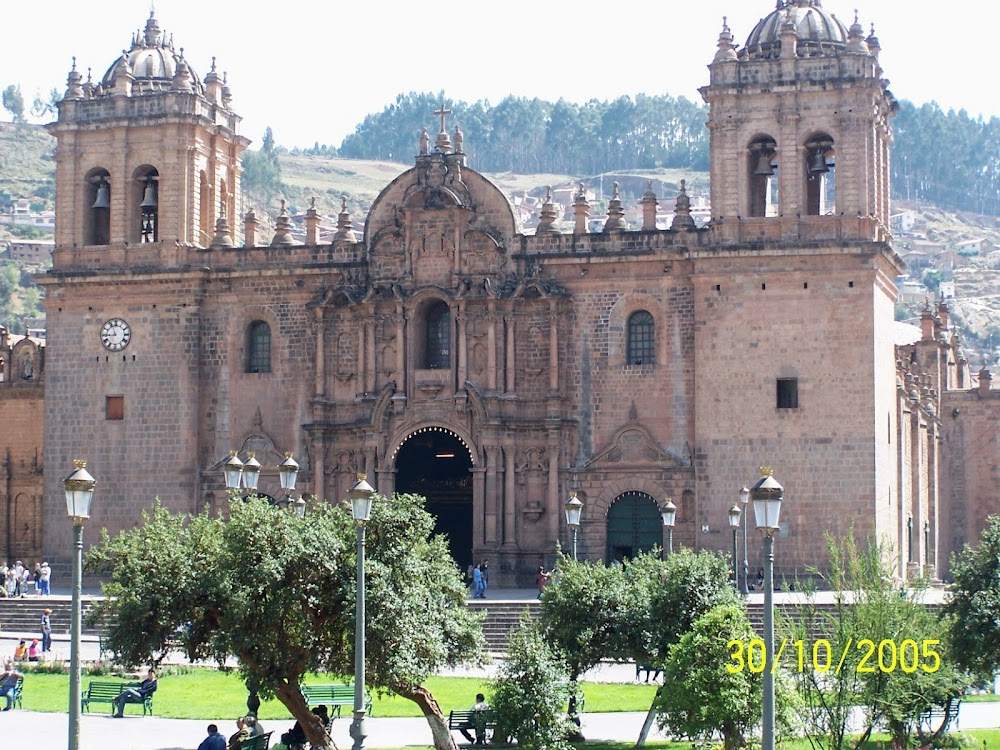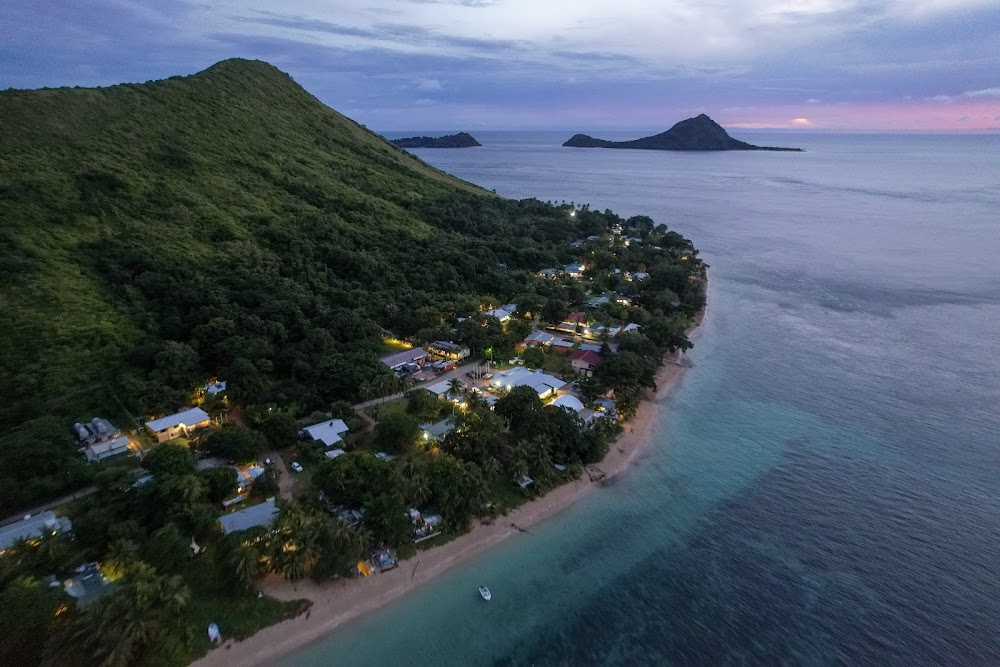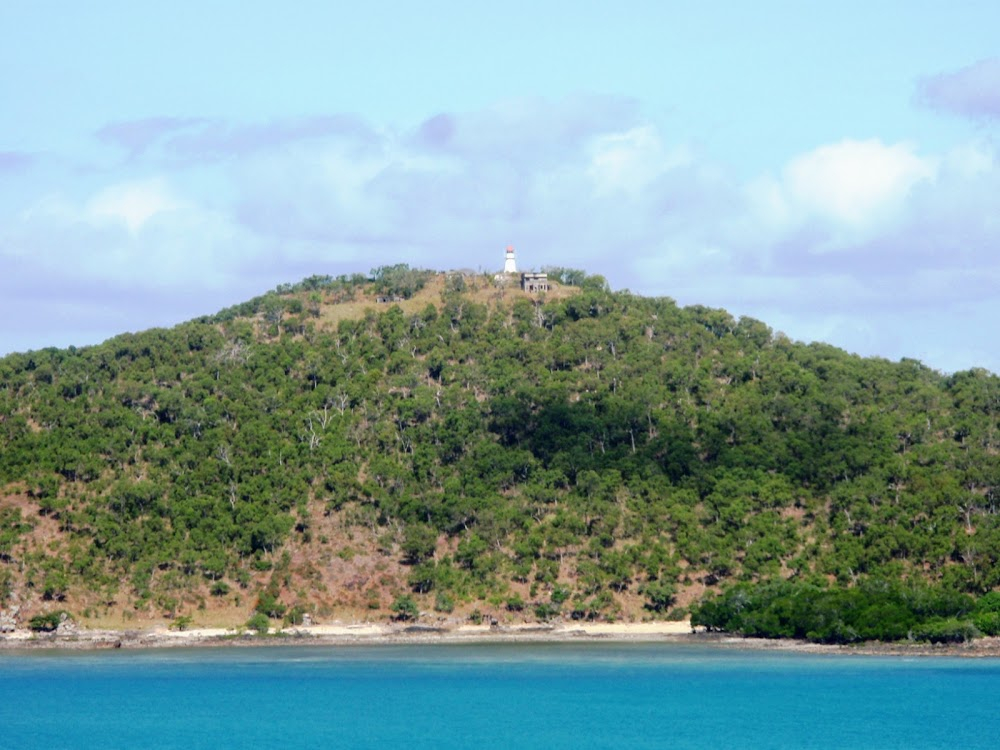World Safari II: The Final Adventure Filming Locations
World Safari II: The Final Adventure Filming Locations
Seisia is a coastal town and a locality in the Northern Peninsula Area Region, Queensland, Australia. In the 2021 census, the locality of Seisia had a population of 293 people.
Birdsville is a rural town and locality in the Shire of Diamantina, Queensland, Australia. The locality is on the Queensland border with both the Northern Territory and South Australia. The town is situated 10 kilometres north of the South Australian border.
Caracas, Venezuela's capital, is a commercial and cultural center located in a northern mountain valley. Independence leader Simón Bolívar is buried at the National Pantheon of Venezuela, established in the 19th century in the city's old town. Caracas Cathedral, a landmark of Romanesque architecture, dates to the 17th century. Parque Central's 225m-high twin towers are the signature of the skyline.
Chile is a long, narrow country stretching along South America's western edge, with more than 6,000km of Pacific Ocean coastline. Santiago, its capital, sits in a valley surrounded by the Andes and Chilean Coast Range mountains. The city's palm-lined Plaza de Armas contains the neoclassical cathedral and the National History Museum. The massive Parque Metropolitano offers swimming pools, a botanical garden and zoo.
Coober Pedy is a town in northern South Australia, 846 km north of Adelaide on the Stuart Highway. The town is sometimes referred to as the "opal capital of the world" because of the quantity of precious opals that are mined there.
Cusco, a city in the Peruvian Andes, was once capital of the Inca Empire, and is now known for its archaeological remains and Spanish colonial architecture. Plaza de Armas is the central square in the old city, with arcades, carved wooden balconies and Incan wall ruins. The baroque Santo Domingo Convent was built on top of the Incan Temple of the Sun (Qoricancha), and has archaeological remains of Inca stonework.
Ecuador is a country straddling the equator on South America’s west coast. Its diverse landscape encompasses Amazon jungle, Andean highlands and the wildlife-rich Galápagos Islands. In the Andean foothills at an elevation of 2,850m, Quito, the capital, is known for its largely intact Spanish colonial center, with decorated 16th- and 17th-century palaces and religious sites, like the ornate Compañía de Jesús Church.
Lima, the capital of Peru, lies on the country's arid Pacific coast. Though its colonial center is preserved, it's a bustling metropolis and one of South America’s largest cities. It's home to the Museo Larco collection of pre-Columbian art and the Museo de la Nación, tracing the history of Peru’s ancient civilizations. The Plaza de Armas and the 16th-century cathedral are the heart of old Lima Centro.
Manaus, on the banks of the Negro River in northwestern Brazil, is the capital of the vast state of Amazonas. It's a major departure point for the surrounding Amazon Rainforest. Just east of the city, the dark Negro River converges with the brown, muddy Solimões River resulting in a striking visual phenomenon called the “Meeting of the Waters.” The combined tributaries form the Amazon River.
Papua New Guinea, in the southwestern Pacific, encompasses the eastern half of New Guinea and its offshore islands. A country of immense cultural and biological diversity, it’s known for its beaches and coral reefs. Inland are active volcanoes, granite Mt. Wilhelm, dense rainforest and hiking routes like the Kokoda Trail. There are also traditional tribal villages, many with their own languages.
Peru is a country in South America that's home to a section of Amazon rainforest and Machu Picchu, an ancient Incan city high in the Andes mountains. The region around Machu Picchu, including the Sacred Valley, Inca Trail and colonial city of Cusco, is rich in archaeological sites. On Peru’s arid Pacific coast is Lima, the capital, with a preserved colonial center and important collections of pre-Columbian art.
Port Moresby is the sprawling capital of Papua New Guinea, a country north of Australia. The vast anthropological collection at the PNG National Museum and Art Gallery includes masks and carved wooden poles. Nearby, Parliament House is modeled on a traditional house of worship. Its entrance is dominated by a large, colorful mosaic featuring national motifs. There are views over Port Moresby Harbour from Paga Hill.
Queensland is an Australian state covering the continent’s northeast, with a coastline stretching nearly 7,000km. Its offshore Great Barrier Reef, the world’s largest coral reef system, hosts thousands of marine species. The city of Cairns is a gateway to the reef and tropical Daintree Rainforest. The capital, Brisbane, is flanked by the surfing beaches of the Gold and Sunshine Coasts.
World Safari II: The Final Adventure (1984)




